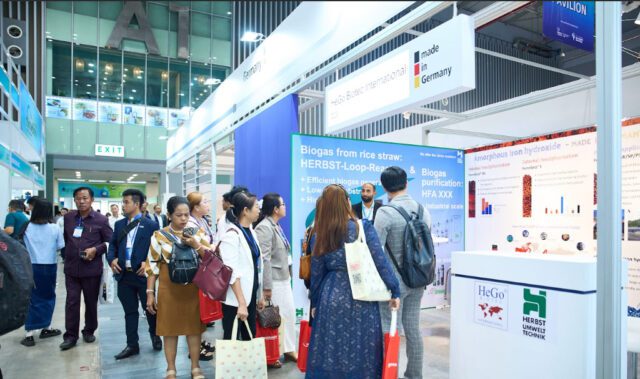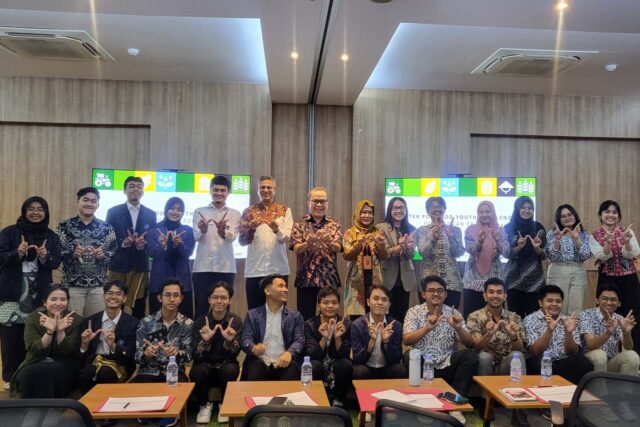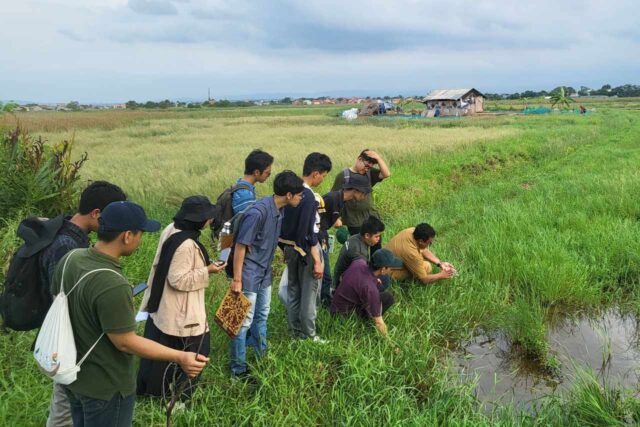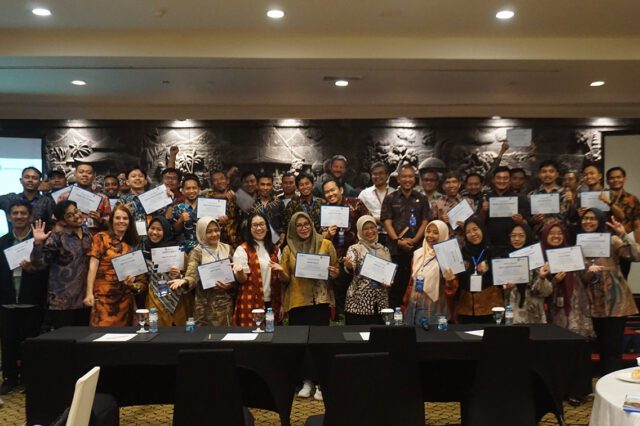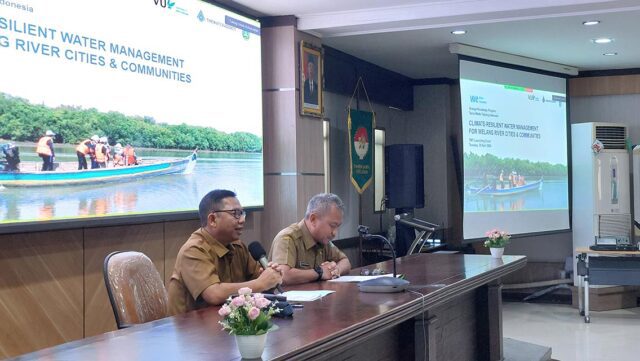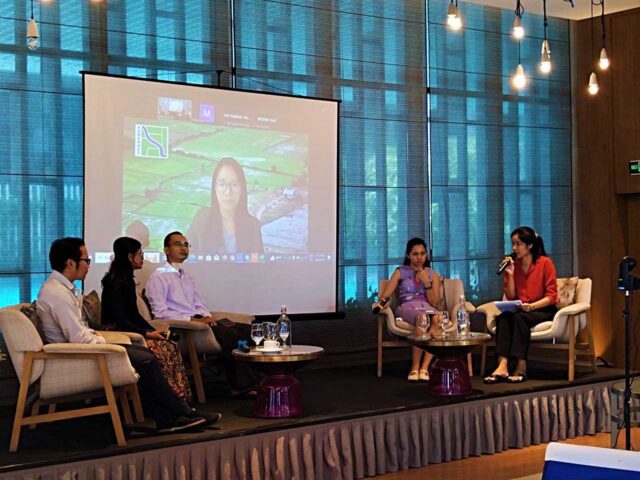The Thaketa Climate Adaptation Pilot Project takes place in Ward 5 of Thaketa, a township in the city of Yangon (Myanmar). In the pilot project, we are developing an innovative community-driven stakeholder participation process for designing and implementing different types of climate adaptation interventions.
During the phase-I of the project, The Water Agency facilitated the project coordination and stakeholder engagement; and supported the implementation process alongside local project partners: Doh Eain, Water Bridge Myanmar, and international project partners: Infram, Resilience, World Waternet, Witteveen+Bos, and U.Minds. In phase-I, the project implemented climate adaption interventions including rainwater harvesting systems, drainage system improvement, and water level monitoring in the reservoir and within the ward.
Rainwater Harvesting Interventions
We aim to make the first steps in engaging the community with rainwater harvesting and educate them about how collecting and (re-) using rainwater can make the community more climate-adaptive through water retention and delaying run-off during the monsoon while conserving water for the dry season. The initial interventions include the installation of rainwater harvesting systems at the five different locations of Ward 5 in Thaketa Township: three residential houses, a library, and a tea shop in Thaketa Township. Each of these places – private and public – has different characteristics, allowing us to demonstrate different principles and benefits of rainwater harvesting.
Water Level Monitoring
Rulers and CCTVs were installed to monitor the water level in three places – the reservoir where the local community depends on it for domestic and drinking purposes and the two external drains around the ward.
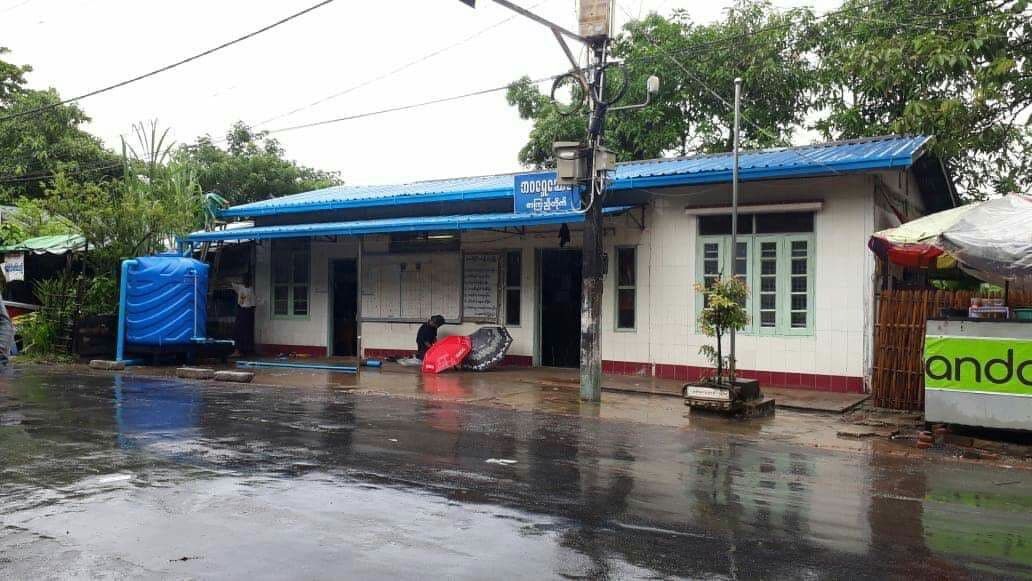
Drainage System Improvement
We were very happy to see that the community is already taking its own initiatives to reduce the impact of flooding. Over the past months, the Ward Officer of Ward 5 undertook to upgrade and restore a large part of the drainage network in his neighborhood, removing sediment, cleaning, reinforcing channels and placing borders to prevent waste to fall into the drains. In July, our project supported the Ward Officer to finish work they had started in two different places but which he couldn’t complete on their own.
A good start for our project team to engage the community on the important topic of flooding and how it relates to the functioning of the drains and people’s own relation to it (many of the drains are clogged by waste!).
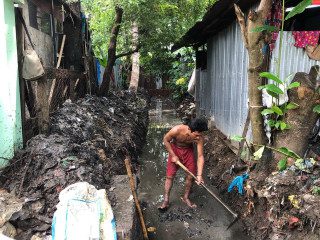 Drain Improvement (Location 1)
Drain Improvement (Location 1) 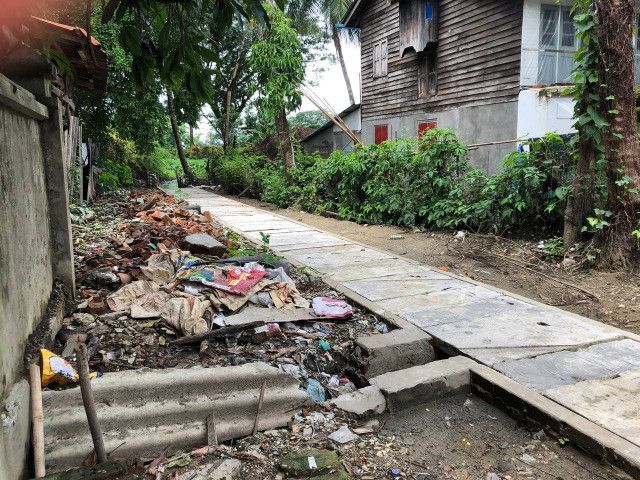 Drain Improvement (Location 2)
Drain Improvement (Location 2)

